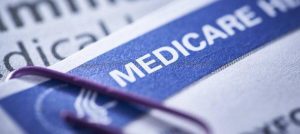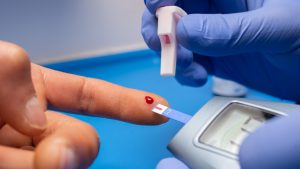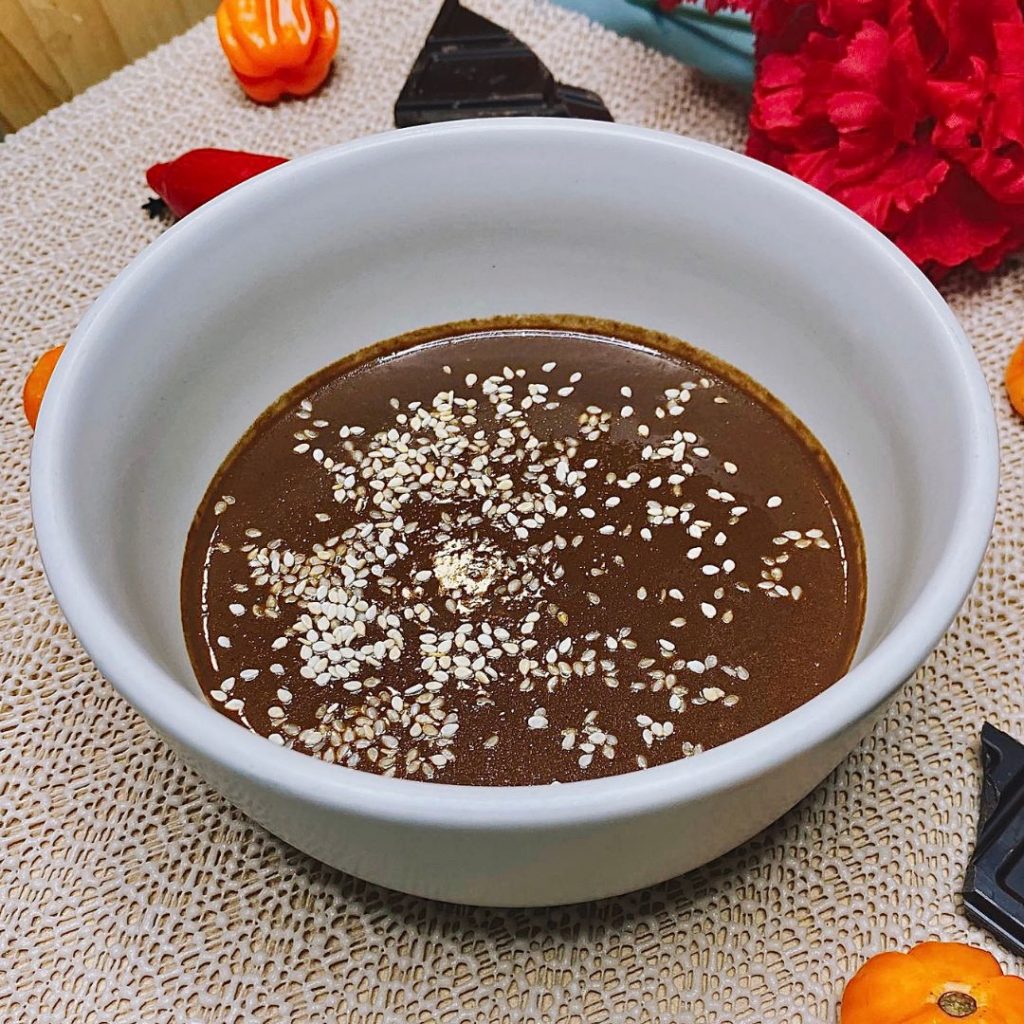If you’re navigating the world of diabetes, understanding carbohydrates is essential. Carbs play a significant role in your diet and can impact your blood sugar levels. Let’s break down the different types of carbohydrates, how they affect your body, and how to make smart choices for better health. Ready? Let’s dive in!
What Are Carbohydrates?
Carbohydrates are one of the three main macronutrients (along with proteins and fats) and serve as a primary source of energy for your body. They’re found in many foods, including fruits, vegetables, grains, and dairy products. Understanding the different types of carbs can help you make healthier choices.
Types of Carbohydrates
Simple Carbohydrates:
- What Are They?: These are sugars that are quickly absorbed by the body, leading to rapid spikes in blood sugar levels.
- Sources: Found in foods like candy, soda, white bread, and baked goods.
- Advice: While they can provide a quick source of energy, it’s best to limit their intake and focus on more complex carbs.
Complex Carbohydrates:
- What Are They?: Made up of longer chains of sugar molecules, these carbs are digested more slowly, providing a steadier source of energy.
- Sources: Whole grains (like brown rice, quinoa, and whole wheat bread), legumes (like beans and lentils), and starchy vegetables (like sweet potatoes and corn).
- Advice: Aim to fill your plate with complex carbs, as they are generally more nutritious and can help keep your blood sugar stable.
The Glycemic Index (GI)
The glycemic index is a ranking of carbohydrates based on their effect on blood sugar levels. Foods are classified as low, medium, or high GI:
- Low GI (55 or less): These foods raise blood sugar slowly and steadily. Examples include most fruits, legumes, and whole grains.
- Medium GI (56-69): Foods like brown rice and whole wheat bread fall into this category.
- High GI (70 or more): These foods can cause quick spikes in blood sugar. Examples include white bread, sugary cereals, and pastries.
Tip: Whenever possible, choose low GI foods to help manage your blood sugar levels more effectively!
How to Balance Your Carbs
Here are some strategies to help you manage carbohydrate intake while enjoying a variety of foods:
Portion Control: Be mindful of the portion sizes of carbohydrate-rich foods. A serving size can vary depending on the type of food, so check serving sizes to help maintain balance.
Pairing Foods: Combine carbohydrates with protein and healthy fats. For example, pair whole-grain toast with avocado or hummus with veggies. This can slow down the digestion of carbohydrates and help prevent spikes in blood sugar.
Focus on Fiber: Fiber-rich foods (like fruits, vegetables, and whole grains) can help slow down digestion and improve blood sugar control. Aim for at least 25-30 grams of fiber per day.
Sample Meal Ideas
To help you get started, here are some meal ideas that balance carbohydrates:
- Breakfast: Overnight oats topped with berries and a sprinkle of nuts.
- Lunch: Quinoa salad with black beans, cherry tomatoes, and a squeeze of lime.
- Dinner: Grilled chicken with steamed broccoli and a side of sweet potato.
- Snacks: Apple slices with almond butter or a small serving of Greek yogurt with chia seeds.
Conclusion
Understanding carbohydrates is a vital part of managing diabetes and maintaining overall health. By focusing on complex carbs, being mindful of portion sizes, and pairing foods wisely, you can enjoy a delicious and balanced diet while keeping your blood sugar levels in check.
If you have questions or need more tips, feel free to reach out! We’re here to support you on your journey to a healthier, happier you! 💚
Join Our Recipe Program!
Ready to master your meals? Join our Healthy Easy Eats program for diabetes-friendly recipes that make cooking enjoyable and stress-free! With step-by-step cook-alongs, expert insights, and new recipes each month, you’ll have everything you need to succeed. Start your FREE 30-day trial today—no credit card required—and discover the joy of healthy eating!

Type 2 Diabetes: Is It Really Reversible?
A recent National Geographic article [link] explores how type 2 diabetes could be reversible with the right approaches. This condition, which affects millions of people worldwide, has long been considered a chronic and progressive disease. However, recent research challenges this perception and suggests that with lifestyle changes and the right approach, remission is possible. The

How Do GLP-1 Drugs Compare? A Breakdown of Ozempic, Mounjaro, and Trulicity
GLP-1 receptor agonists have revolutionized diabetes management, with drugs like Ozempic, Mounjaro, and Trulicity leading the market. But how do these medications compare in terms of effectiveness, side effects, and patient outcomes? Let’s explore their differences and what they mean for diabetes patients. Understanding GLP-1 Medications GLP-1 receptor agonists mimic a natural hormone that helps

Why Has Medicare Spending on Diabetes Medications Skyrocketed in 5 Years?
In the past five years, Medicare spending on diabetes medications has increased nearly fivefold, reaching $35.8 billion in 2023. This surge has been primarily driven by the growing use of GLP-1 drugs such as Ozempic, Mounjaro, and Trulicity. But what is behind this cost escalation, and how does it affect patients and the U.S. healthcare

The Gut Microbiota and Blood Sugar Control: A Hidden Connection
The human gut is home to trillions of bacteria that play a crucial role in digestion, immune function, and even metabolism. Recent research has revealed a fascinating link between the gut microbiota and blood sugar regulation, shedding light on how the balance of microbes in our intestines can influence diabetes risk and overall metabolic health.

The Dawn Phenomenon: Why Blood Sugar Rises While You Sleep
For many people with diabetes, waking up with high blood sugar levels can be frustrating—especially if they didn’t eat anything overnight. This early-morning spike in blood glucose is known as the Dawn Phenomenon, and it happens due to natural hormonal changes in the body. But why does it occur, and how can it be managed?

The Influence of Red Light on Blood: Can It Improve Diabetes?
Type 2 diabetes is a metabolic disease characterized by insulin resistance and elevated blood glucose levels. In the search for complementary alternatives to improve glycemic control, red light therapy has gained attention due to its potential to enhance circulation, reduce inflammation, and optimize cellular function. But what does science say about it? ✨ What is

